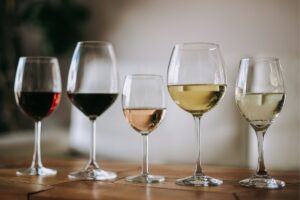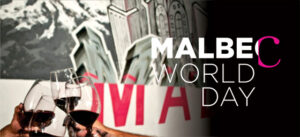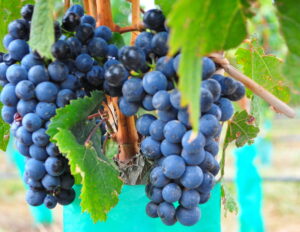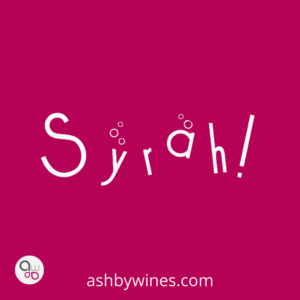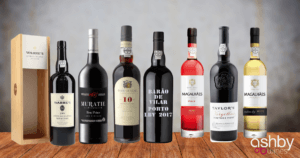If you like the posh loose tea (or you are unlucky enough for your tea bag to break), you are likely to end up with the last dregs of your tea full of leaves that got through the strainer. Not bad if you are a tea leaves reader, but not great if you weren’t expecting it and got a mouthful of leaves.
You may have had a similar unexpected experience when drinking wine. Getting to the bottom of the glass and landing up with a mouthful of what feels like sand, or if we use the technical term – wine sediment. Like tea leaves, fortunately this is all completely harmless and natural even if a little unexpected. It all comes from the wine making process, so the good news is there is nothing wrong with your wine.
These ‘wine dregs’ consist of the grape seeds, stems, skin, and spent yeast (called lees). It can also include ‘wine crystals’ or ‘wine diamonds’ (tartrates). If you look closely you may find some of these crystals on your cork or the sides of your bottle or glass. These are the result of the tartaric acid in grapes binding to the potassium in colder conditions.
Wine sediment is prevalent in reds such as Bordeaux, Barolo, Rioja or Cabernet Sauvignon, as the process uses the whole of the grape, including the skin, juice, pulp and seeds. This is what gives it that full flavour and texture. It is possible to find it in white wines too, but less so as this process only use the juice and pulp.
If you are an avid wine drinker, you may have come across wine sediment on more than one occasion, a good indication that you have landed a good quality bottle. But if you would like to avoid any bottom-of-glass surprises there are easy ways to get avoid it:
- Decant the wine – ensure the wine stands upright for a day or two before decanting it and pour slowly, and of course making sure you leave the last part of the wine in the bottle.
- Aerate before serving the wine – use a wine finer for a wine which is very simple and effective way to minimise sediment.
There is a difference of opinion among wine makers on whether the wine sediment should be left in or whether these elements should be filtered, ‘racked’. The argument is that leaving these elements in adds to the depth and complexity of the flavours as the wine matures. It is also a good sign that the wine has been made with minimum intervention and is a well-aged.
Not sure if anyone has taken up reading the wine crystals … perhaps a new job waiting to happen 😊
The Ashby Wines Team



